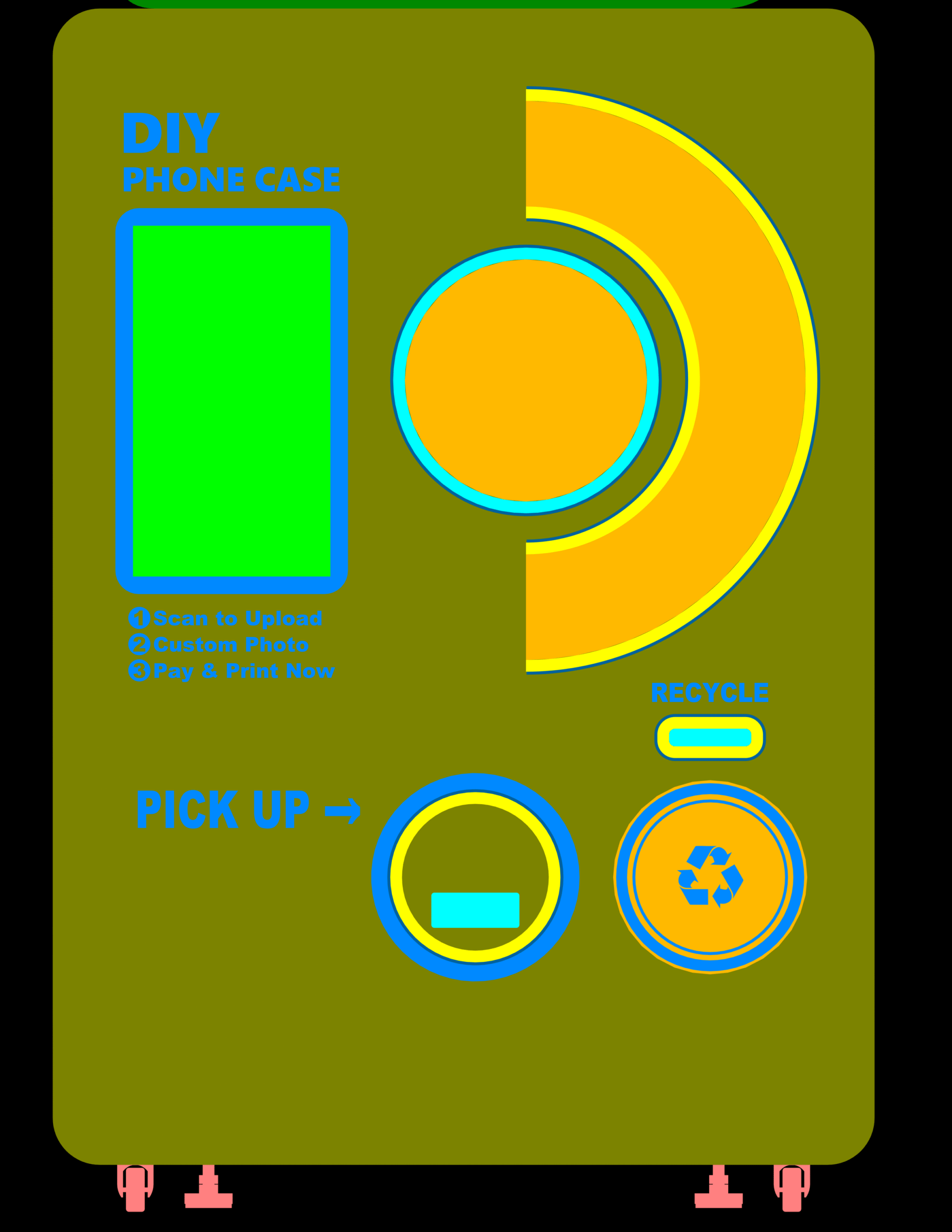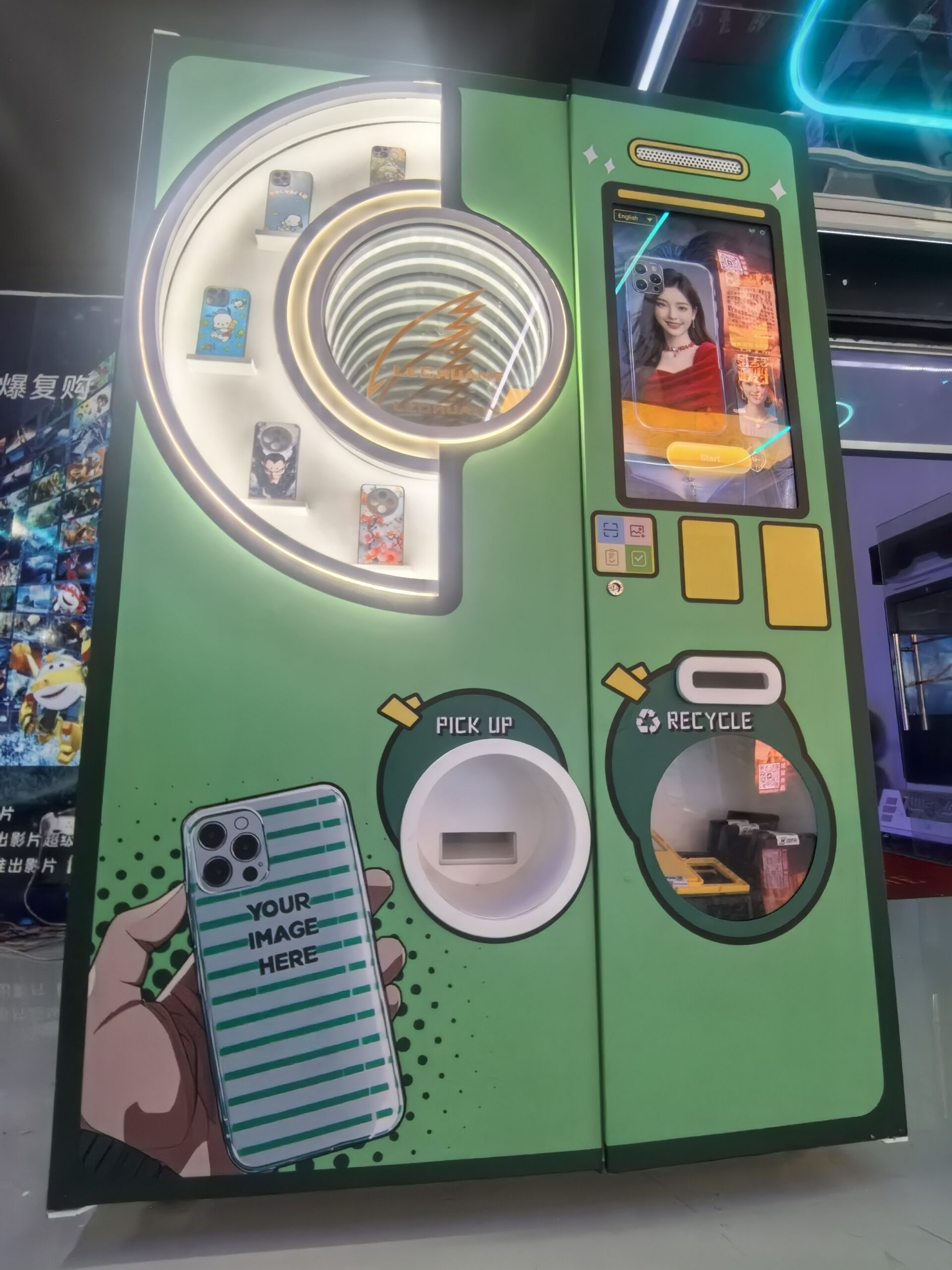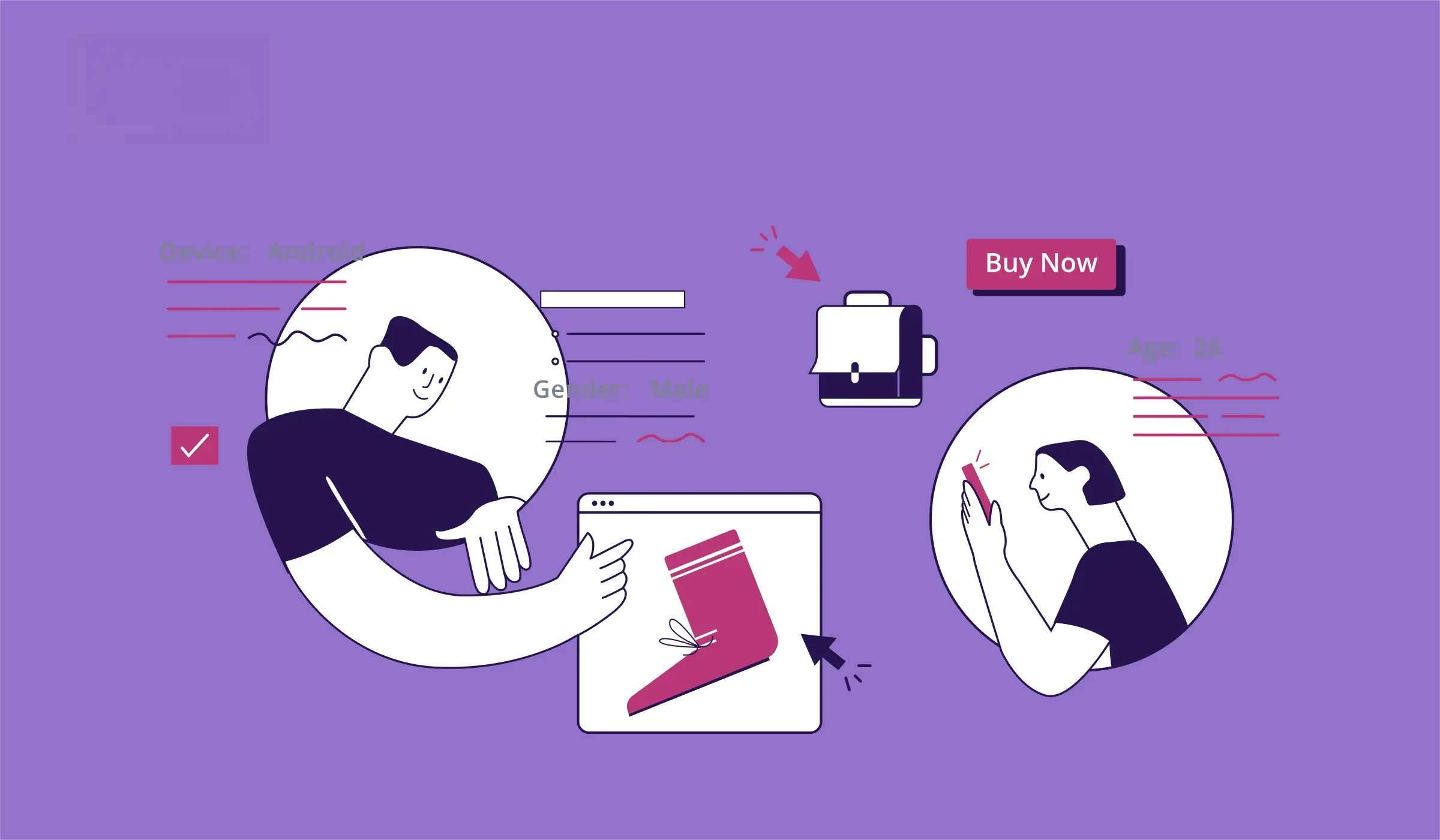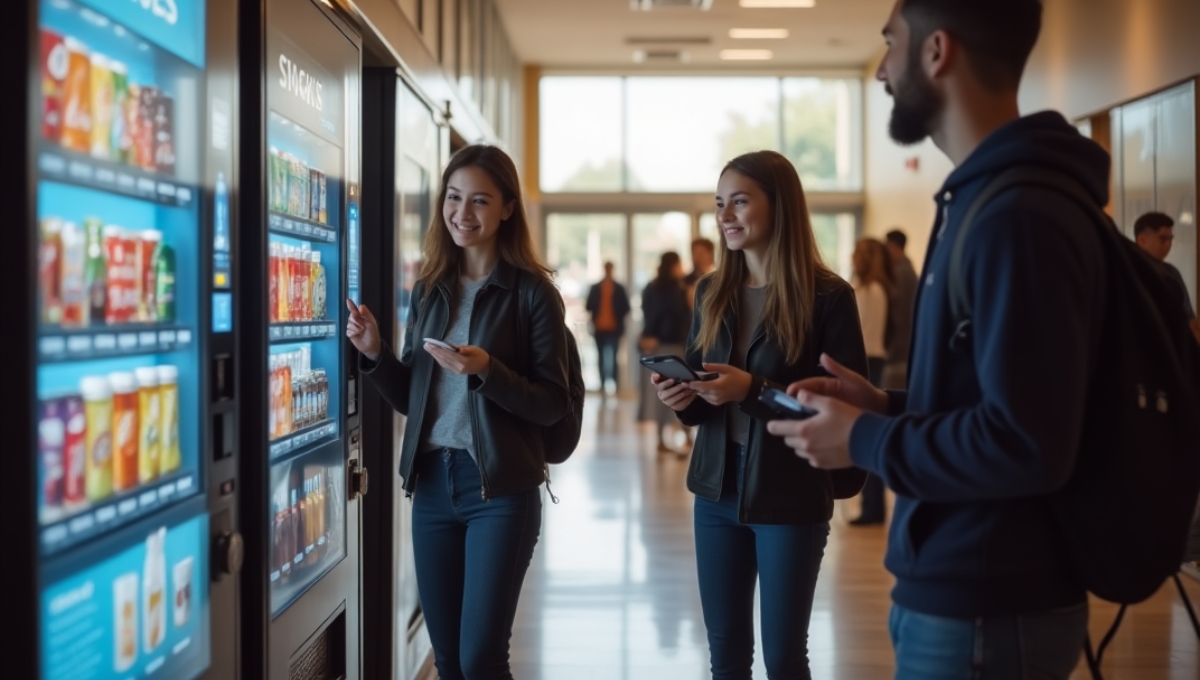
How would I design the interface to accommodate international travelers quickly?
International travelers have specific needs. Different languages are the biggest challenge. The vending machine interface must be simple for everyone. I think about how to make it easy for non-English speakers.
To accommodate international travelers, I design the interface with prominent language selection at the start, using clear icons, minimal text, and popular product images. I ensure numerical information, like prices, is universally understandable.
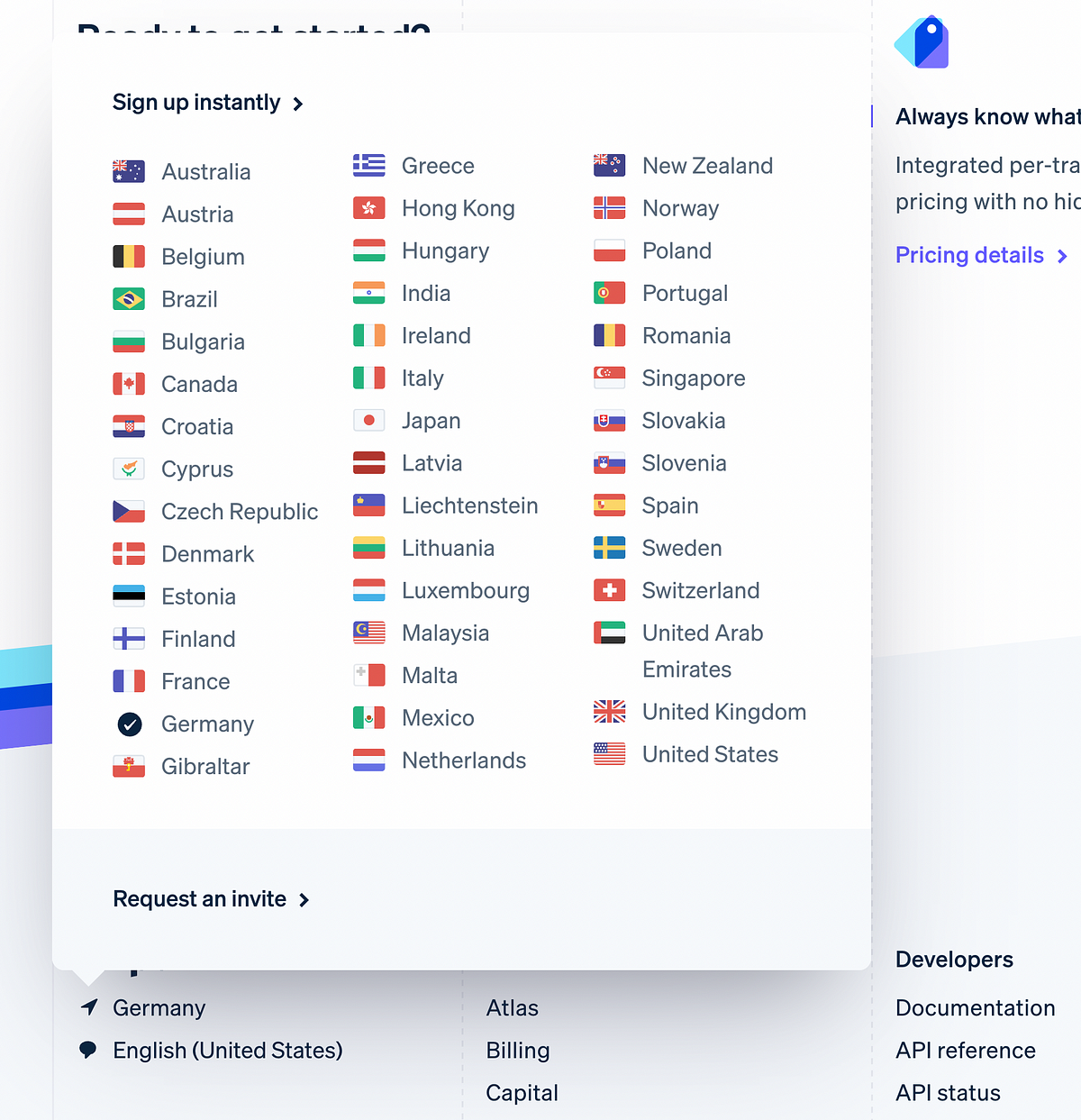
When making a vending machine for an airport, I know many people from different countries will use it. I need to make sure they can all use it without trouble. This means thinking about how the screen looks and what words it uses.
What features are essential for an intuitive airport phone case vending machine?
An airport vending machine must be simple to use. Travelers are often in a hurry. They need to get what they want fast. I ask myself what makes something easy to use.
Essential features for an intuitive airport phone case vending machine include a large touchscreen, clear product display, simple navigation, multilingual options, and quick transaction times. These features help travelers find and buy items easily and quickly.
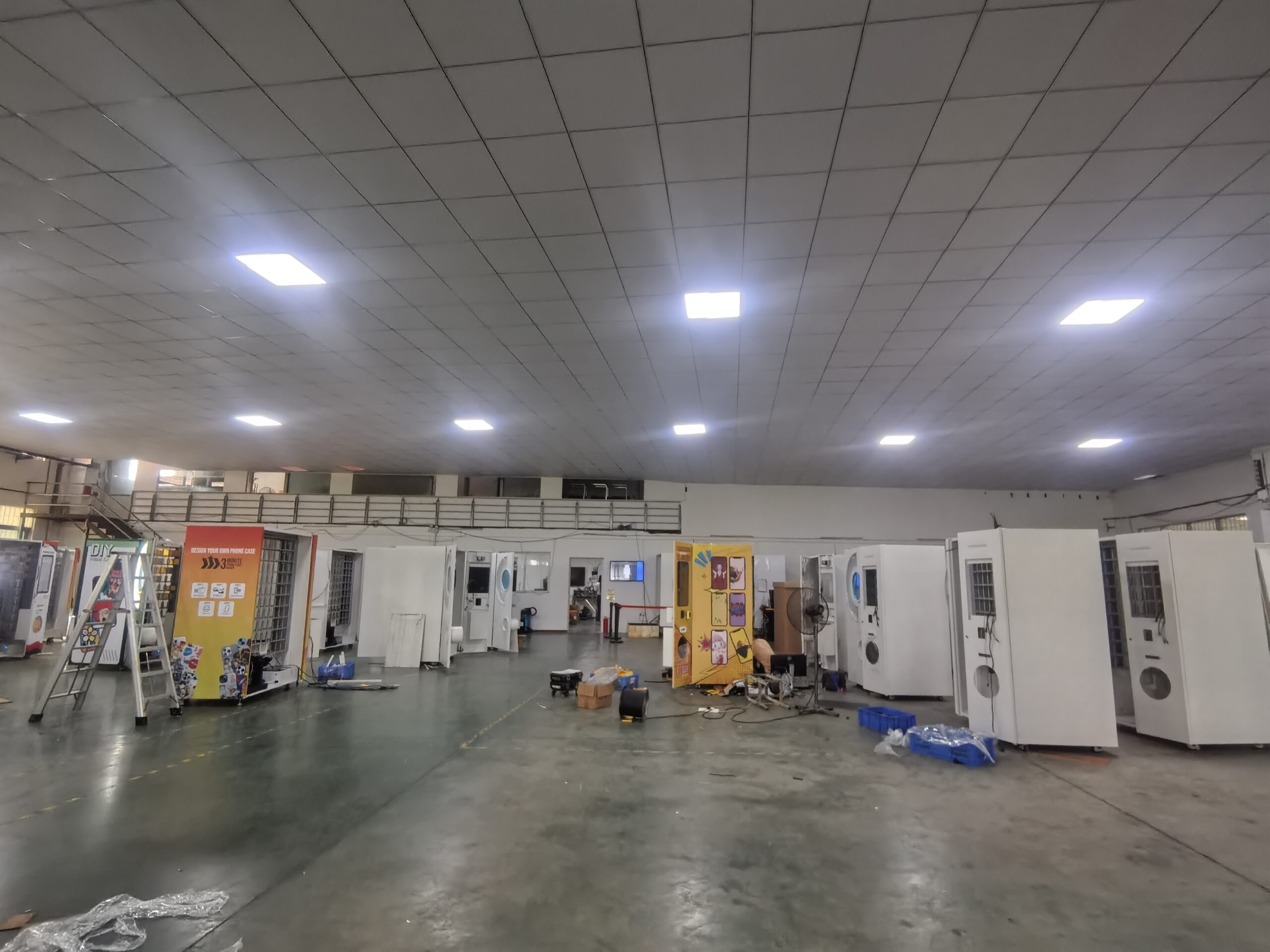
When I think about an intuitive vending machine, the first thing is the screen. It needs to be big and clear. People should not have to squint. The buttons on the screen need to be large too. They should be easy to press. I also think about the steps a person takes to buy something. It should be very few steps. Each step needs to be obvious. For example, if someone selects a phone model, the next screen should show cases for that model. Not all cases. This makes it simple. I also consider the language. Airports have people from all over the world. So, the machine needs many languages. A good machine will let a user pick their language first. Then all the text changes. This makes everyone feel comfortable using it. Another key is speed. People at airports are stressed. They need to buy things fast. The machine should process orders quickly. It should not make people wait. When I built my machines, these things were very important. I wanted to make sure anyone could use them. I often test new designs with different people. I watch how they use the machine. This helps me see what parts are hard to understand.
| Feature | Description | Benefit for User |
|---|---|---|
| Large Touchscreen | Clear visuals, easy interaction | Reduces errors, fast selection |
| Simple Navigation | Few steps to purchase, clear prompts | Saves time, reduces stress |
| Multilingual Support | Multiple language options available | Accessible to global travelers |
| Quick Transaction | Fast processing of payments and dispensing | Expedites checkout |
| Product Visibility | Well-lit display, actual product examples | Builds trust, easy comparison |
How can I ensure the machine handles multiple payment methods smoothly?
Payment methods are key for airport vending machines. Travelers use many different ways to pay. The machine must accept them all. If it does not, people will walk away.
To ensure smooth handling of multiple payment methods, I integrate diverse options like credit cards, mobile payments, and local digital wallets. The system must have robust, secure processors and a clear interface to guide users through payment seamlessly.
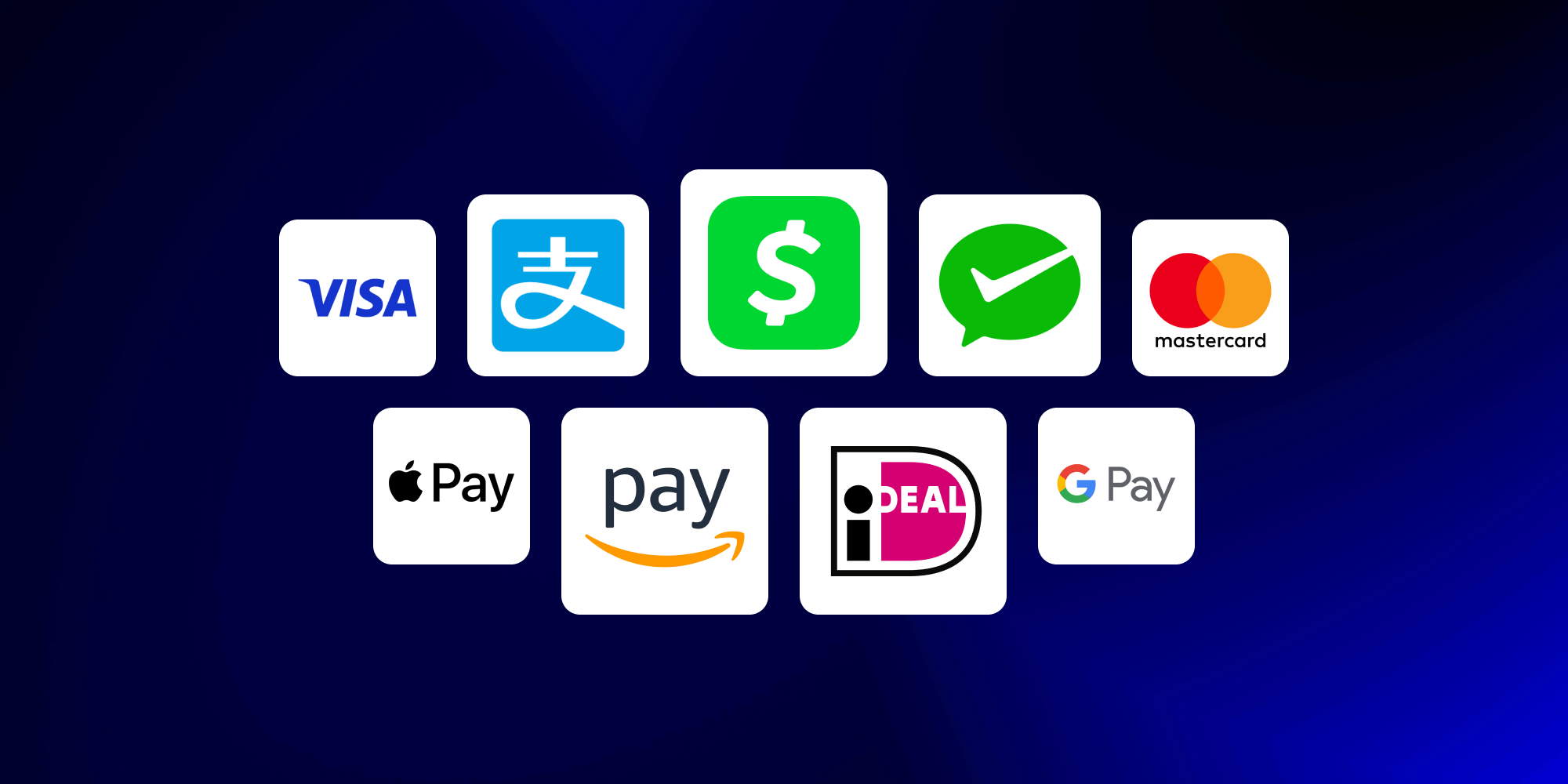
When I design a machine, payment is one of the hardest parts. I know people use credit cards, but they also use Apple Pay, Google Pay, and other apps. In other countries, they might use WeChat Pay or Alipay. The machine needs to accept all of these. It means I need special hardware. This hardware must connect to different payment systems. It also needs to be very secure. People put their money information into the machine. They need to trust it. So, I use certified payment processors. These processors protect customer data. The display on the machine also needs to guide the user. It should clearly show which payment methods are accepted. It should tell the user when to tap their card or phone. If there is a problem, it should explain it simply. For example, "Card declined, please try again." I also think about currency. In airports, people have different currencies. Some machines can handle cash in different currencies. My machines mostly use cashless payments. This makes it simpler for international travelers. It removes the need for exact change. I always ensure the payment system is tested many times. I use different cards and phones. This helps me find any problems before the machine goes live.
| Payment Type | Example | Integration Method | User Experience Impact |
|---|---|---|---|
| Credit Cards | Visa, Mastercard, AMEX | EMV chip reader, tap-to-pay | Universal, familiar |
| Mobile Wallets | Apple Pay, Google Pay | NFC reader | Fast, convenient, secure |
| QR Code Apps | WeChat Pay, Alipay | Built-in QR scanner | Popular in Asia, instant transfers |
| Local Digital Wallets | Swish (Sweden), PayNow (Singapore) | API integration into system | Caters to regional preferences |
What products should I stock alongside phone cases to maximize sales in airports?
Selling only phone cases might not be enough. Airports have many needs. Travelers often forget other things. I think about what else pairs well with a phone case.
To maximize sales, I stock popular phone accessories like charging cables, portable power banks, screen protectors, and headphones alongside phone cases. These are common travel needs and offer high utility for travelers, increasing the average transaction value.
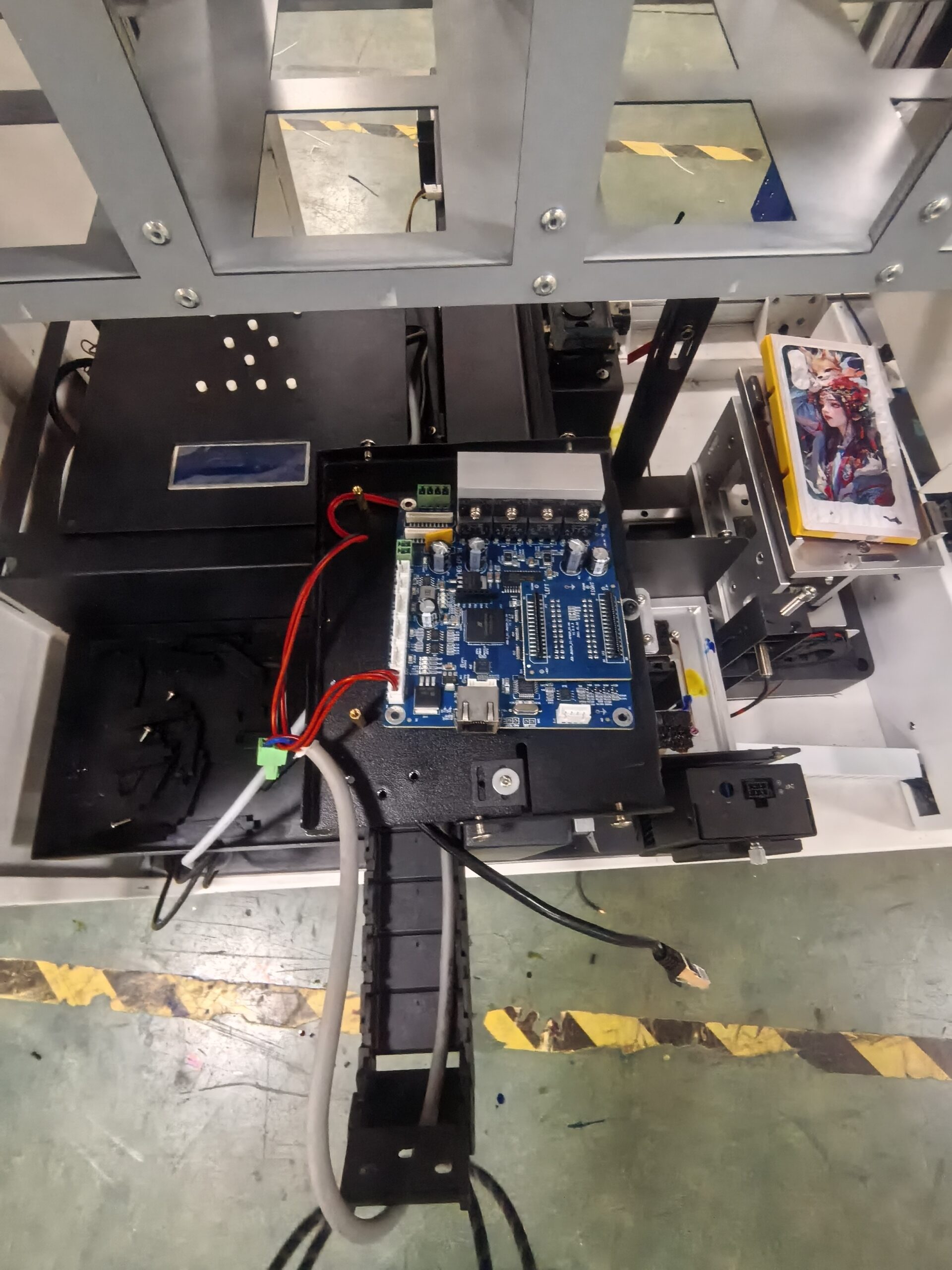
When putting a machine in an airport, I know people might need more than just a phone case. What else do travelers forget or break? Charging cables are very important. People always need them. Sometimes they leave them at home. Sometimes they lose them. So, a range of cables, for different phones, is a good idea. USB-C, Lightning, and Micro USB. Portable power banks are another good idea. Phones die quickly when traveling. People need to charge their phones on the go. A small, reliable power bank could be a big seller. Screen protectors are also useful. Airports are busy places. People drop their phones. A screen protector can save a phone. So, I would offer popular ones. Headphones, especially earbuds, also do well. People want to listen to music or watch movies on flights. If they forgot their headphones, they need new ones. Earbuds are small and easy to sell from a machine. I also think about practical items. Maybe a small travel adapter. Or a phone stand for watching videos. These are not directly phone cases, but they are related. They make a traveler's life easier. When I choose products, I look for things that are small, high-value, and needed quickly. Things that can be used right away. This strategy helps increase how much money each person spends. It makes the machine more profitable. My experience shows that convenience drives sales in airports.
| Product Category | Specific Items | Why it sells in airports |
|---|---|---|
| Charging Solutions | USB-C, Lightning cables, power banks | Forgotten items, on-the-go charging |
| Protection Gear | Screen protectors, tempered glass | Device safety from accidental drops |
| Audio Accessories | Wired/wireless earbuds | In-flight entertainment, calls |
| Travel Tech | Universal adapters, phone stands | Convenience for international users |
How would I design the interface to accommodate international travelers quickly?
International travelers have specific needs. Different languages are the biggest challenge. The vending machine interface must be simple for everyone. I think about how to make it easy for non-English speakers.
To accommodate international travelers, I design the interface with prominent language selection at the start, using clear icons, minimal text, and popular product images. I ensure numerical information, like prices, is universally understandable.
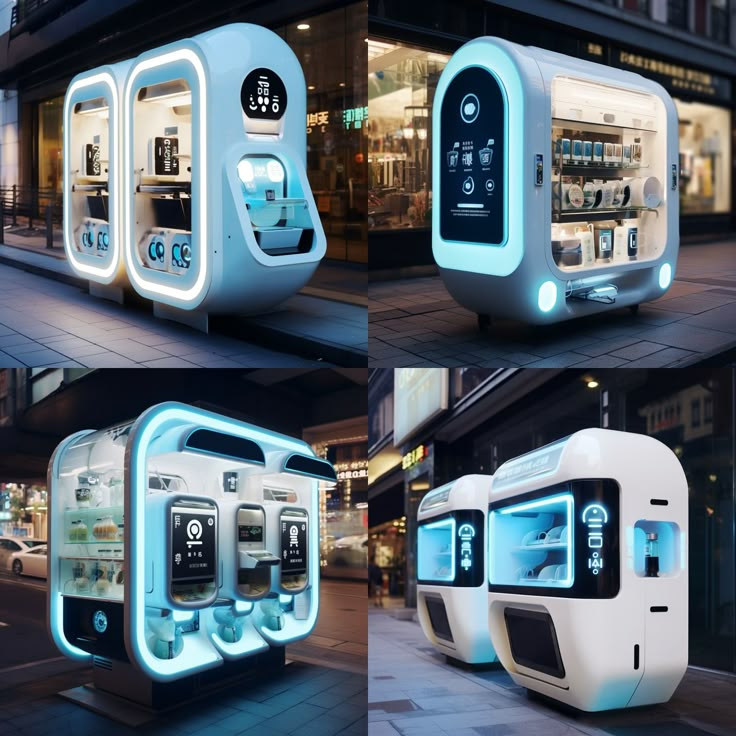
Designing for international travelers means thinking globally. The first thing a user sees is key. So, the first screen of the vending machine should have a very clear "Select Language" option. It should show flag icons for easy recognition. The text for each language should be clear. Once a language is chosen, everything else changes to that language. This avoids confusion right away. Beyond language, visuals are very important. I use large, clear pictures of the products. A picture of a phone case or a cable is universal. People understand what it is, no matter their language. The text should be minimal. Short phrases are better than long sentences. For example, instead of "Please select your desired phone model from the list below," it should just say "Select Phone Model." Or even just "Phone Model" with a dropdown. Numbers are also important. Prices should be very clear. If prices change based on currency, the machine should show the local currency or allow the user to select their currency to see price in it. I also use universal symbols for things like "Add to Cart" or "Pay Now." A shopping cart icon, a credit card icon. These are understood everywhere. My goal is to make the process so simple that a person who speaks no English can still buy something they need. I test these interfaces with people from different countries. This helps me find any parts that are not clear. Watching how they interact with the machine teaches me a lot. Also, to make things faster, the product customization should be quick. Users select their phone model quickly. They can use a search or a list with pictures. If they want to add a design, there should be easy tools and a quick preview. Before payment, the machine should show a clear confirmation in their chosen language. This confirms everything is right.
| Interface Element | Design Consideration | Benefit for International Travelers |
|---|---|---|
| Start Screen | Prominent language selection with flags | Reduces initial frustration |
| Product Display | Large, high-quality images | Visual understanding over text |
| Text Clarity | Minimal, concise phrases | Easy to translate, quick to grasp |
| Numerical Data | Clear pricing, recognizable currency symbols | Prevents confusion on cost |
| Universal Icons | Standard symbols (cart, payment) | Intuitive actions across cultures |
What maintenance strategies would keep the vending machine reliable during high traffic?
Airport vending machines are used a lot. They need to work perfectly all the time. High traffic means more chances for problems. I need a plan to keep them running.
To maintain reliability during high traffic, I implement a remote monitoring system for real-time status, schedule frequent preventive maintenance checks, keep a stock of common spare parts, and train local staff for quick first-line support.
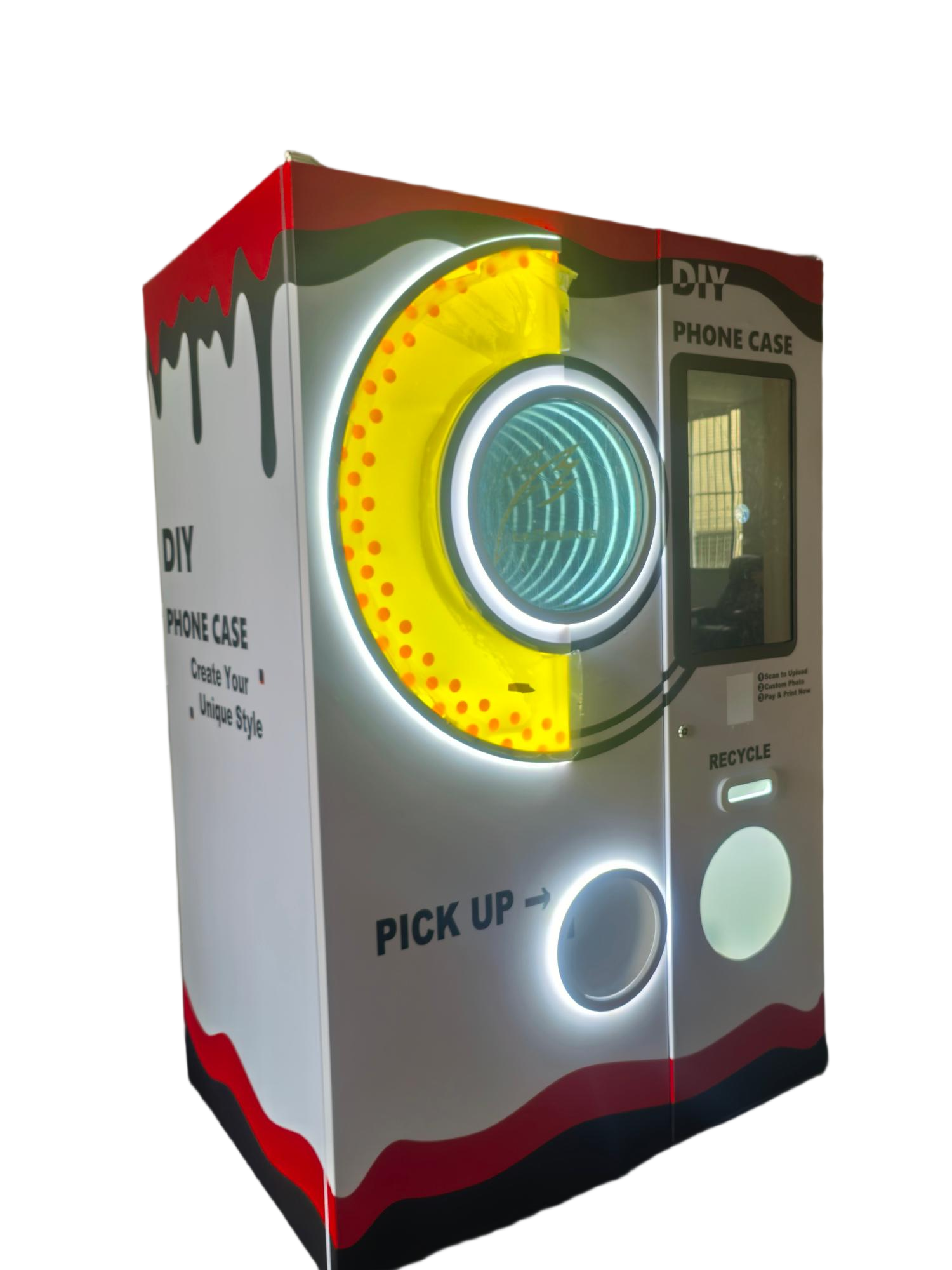
Maintaining a vending machine in a busy airport is different from a quiet mall. First, I use a remote management system. This system tells me when a machine is low on products. It tells me if there is a problem with the payment system. It tells me if it is offline. This means I can fix problems before they get big. I don't have to wait for someone to call me. Second, I plan regular checks. Even if the machine seems fine, someone needs to look at it. This means checking the product levels, cleaning the machine, and making sure all parts are working. These checks happen often, maybe once a week. Third, I keep spare parts ready. If a part breaks, I need to replace it fast. This means having extra card readers, extra screens, or extra dispensing mechanisms. Small, common parts. This reduces downtime. Fourth, I train people who work at the airport. They are the first line of help. They can do simple fixes. Like restarting the machine or clearing a stuck item. They can also tell me about problems right away. This saves time. Fifth, I use strong and durable parts when I build the machine. Airport machines get a lot of use. They need to withstand that. So, I choose industrial-grade components. This makes them less likely to break down. Good maintenance means happier customers and more sales. It's an investment in keeping the machine profitable. My systems are designed to be robust.
| Strategy | Actions | Benefit for Reliability |
|---|---|---|
| Remote Monitoring | Real-time alerts on stock, errors, status | Proactive issue resolution |
| Preventive Checks | Weekly cleaning, hardware inspection | Prevents major breakdowns |
| Spare Parts Stock | Inventory of common replacement parts | Reduces repair time, faster fixes |
| Local Staff Training | Basic troubleshooting, re-stocking | Immediate minor issue resolution |
| Durable Components | Industrial-grade hardware used | Extended lifespan, high resilience |
To quickly serve international travelers, I design the interface with simple language choices, clear visuals, minimal text, and efficient product customization. This ensures a fast and understandable buying process for everyone.


